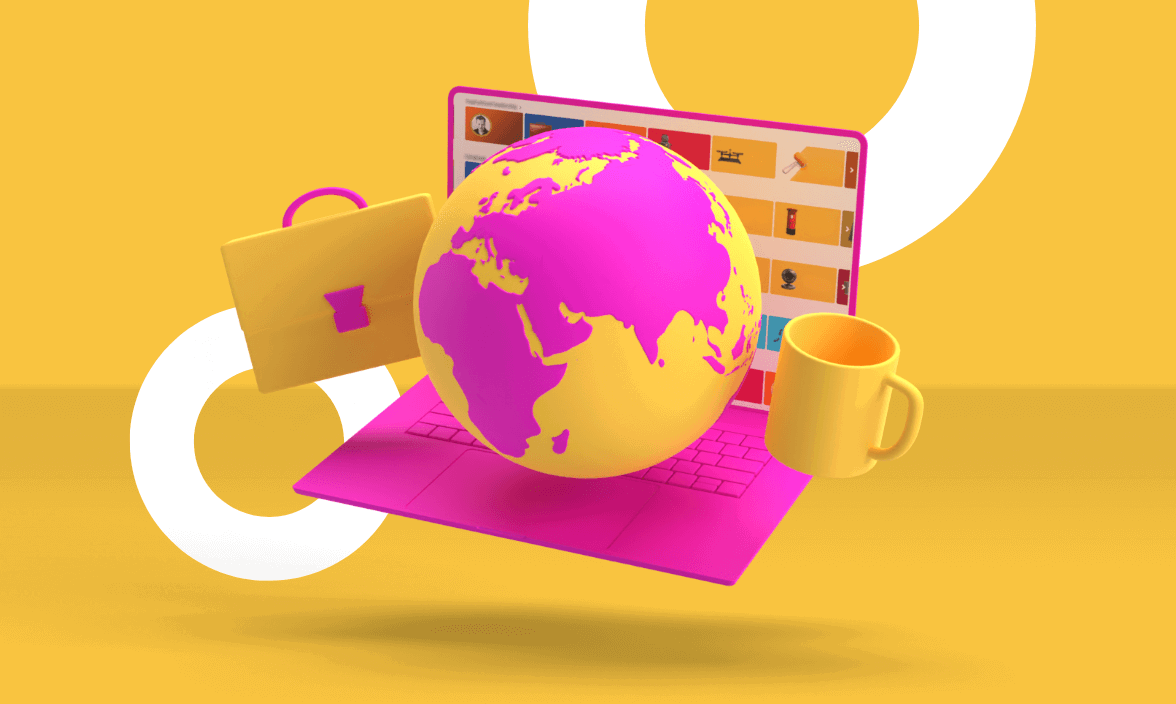
The road to a diverse and inclusive workplace.
Even though there are still a lot of challenges when it comes to diversity and inclusion, we have some good news! The subject is getting more and more attention, and believe it or not, the pandemic has resulted in more opportunities for many underrepresented groups.
Hybrid or remote working is here to stay, and research shows that 83% of the UK workforce anticipate continuing to work (partially) remotely in the future. The perks of remote work go beyond just being able to work from home, the beach, the mountains or wherever you prefer - the hybrid way of working also positively influences diversity and inclusion. Let’s find out how:
1. More flexibility for women.
Millions of women had to leave the workforce in 2020 due to the closure of schools and childcare facilitates because of the pandemic outbreak. Even though today’s society is becoming more equal, women tend to be responsible for most of the family care. Women now express a stronger desire to continue working remotely, especially mothers who understand the challenge of balancing childcare schedules and sick children, alongside commuting, traffic and urgent meetings. With remote working options, women can still be mothers whilst at the same time focus on their career!
2. Increased opportunities for people with physical or mental health disabilities.
What might be an easy commute to work for you might be difficult for someone else. Commuting to-and-from work can be challenging for people with either physical or mental health disabilities, but thanks to hybrid working more people can join the workforce - regardless of the state of their physical or mental health. Remember, employees can have impairments that do not affect their ability to perform at work!
3. Hiring across country borders.
Hybrid or remote working also opened the door to be more demographically inclusive. In the past, many people got rejected for roles because of their geographical position in the world. Making the location of one’s home a qualification for employment didn’t only exclude workers in many demographic groups, but it also meant that companies were forced to hire from a smaller talent pool. With hybrid and remote working on the rise, organisations can now hire across country borders, allowing for more diversity and inclusion but also for more creativity, innovation and business growth.
Not sure how to manage your remote workforce? We have some courses to get you started.




